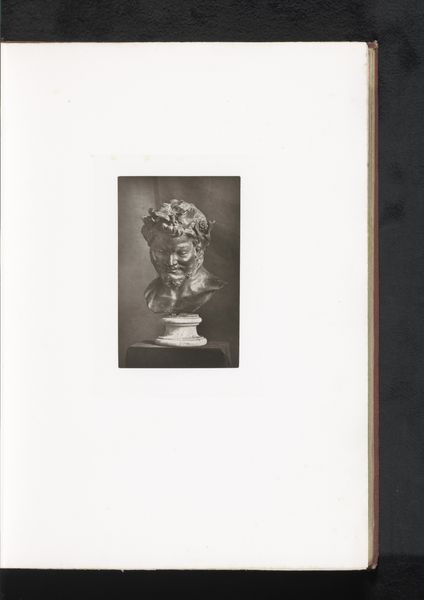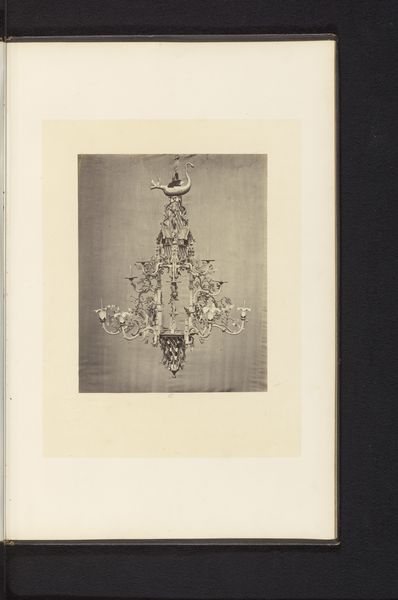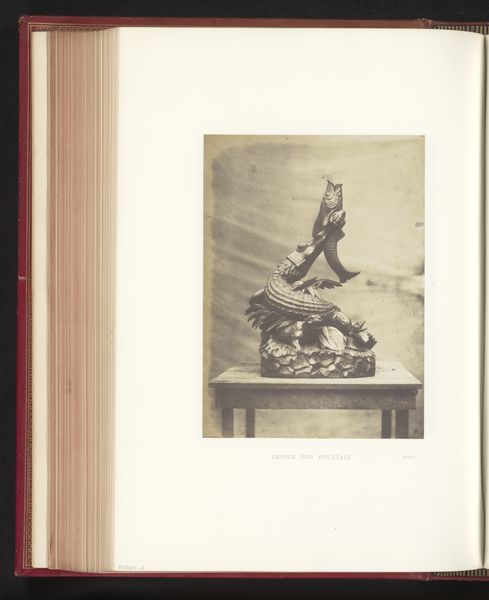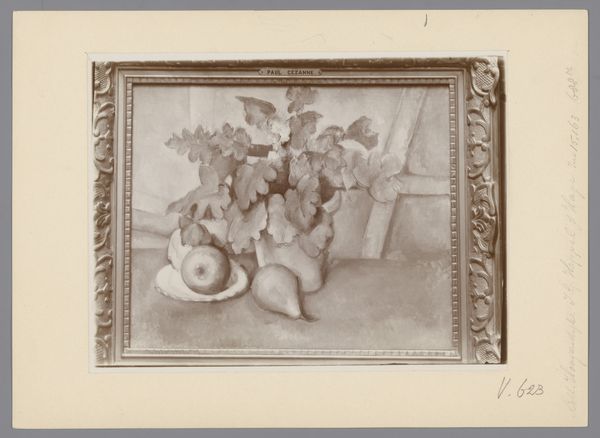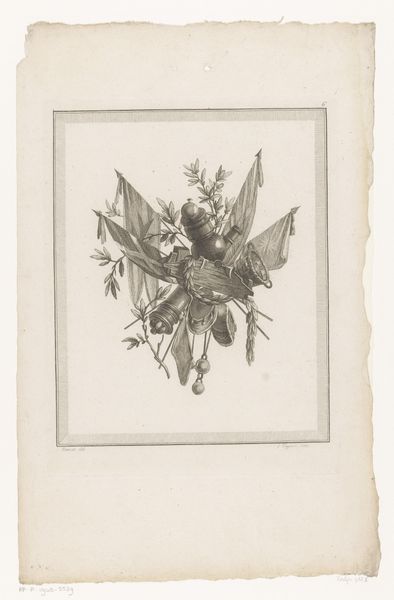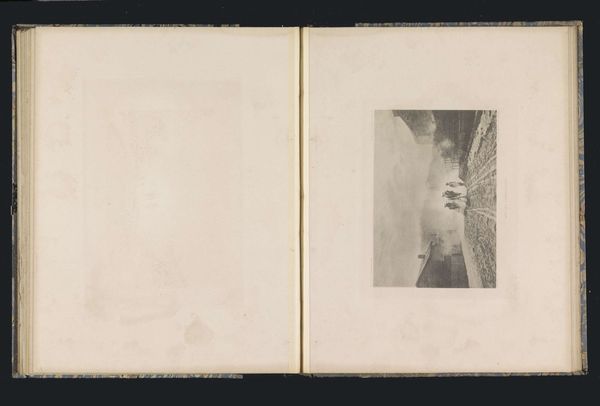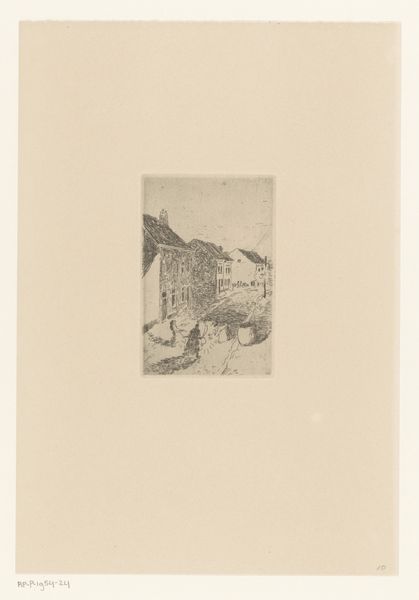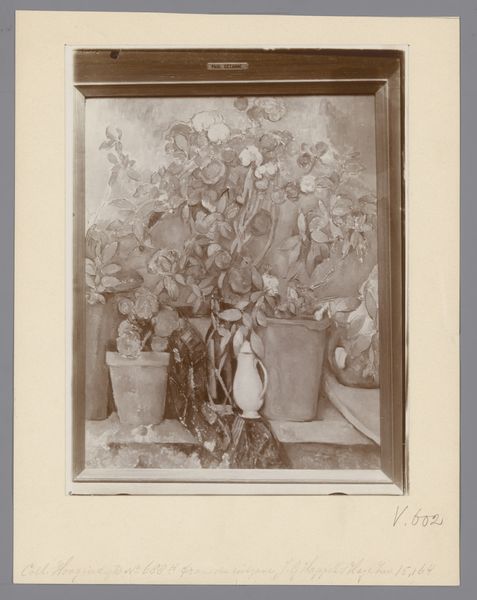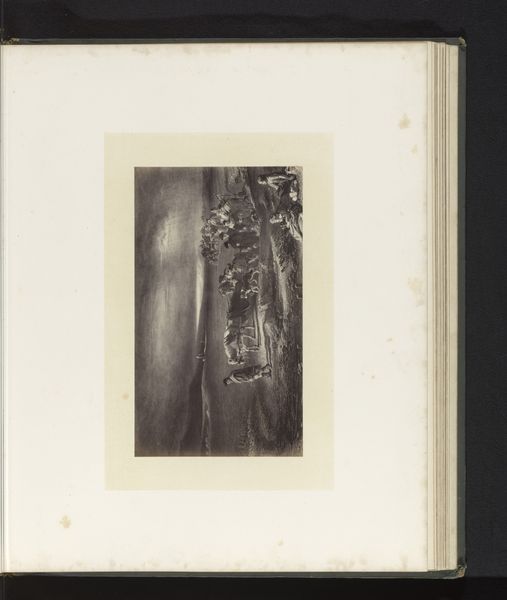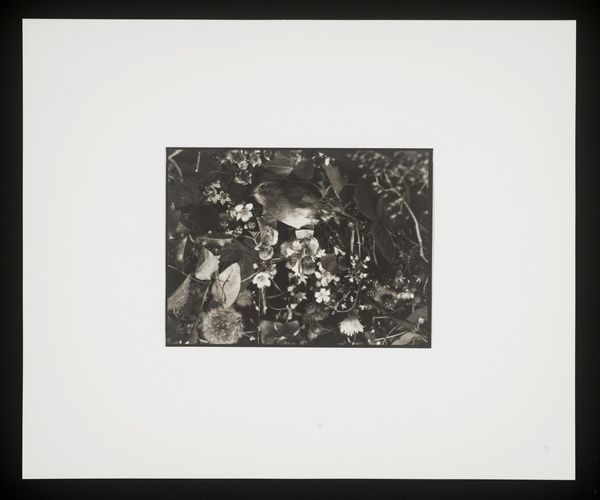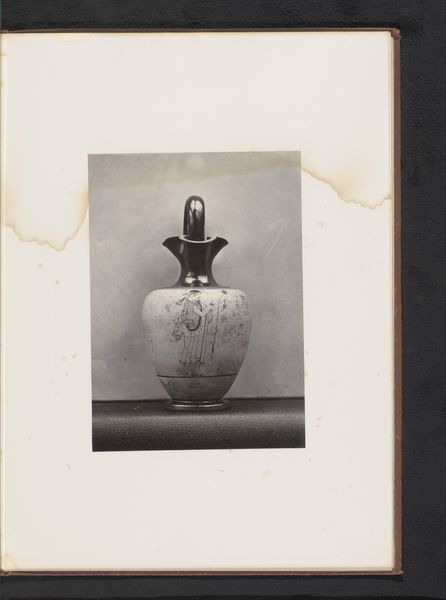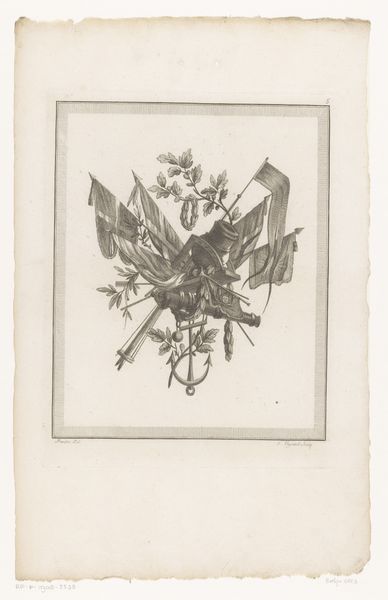
Sculptuur van twee adelaren en een ram door Christopher Fratin, tentoongesteld op de Great Exhibition of the Works of Industry of All Nations van 1851 in Londen 1851
0:00
0:00
metal, bronze, sculpture
#
neoclassicism
#
metal
#
sculpture
#
landscape
#
bronze
#
figuration
#
sculpture
#
history-painting
#
decorative-art
#
decorative art
Dimensions: height 168 mm, width 216 mm
Copyright: Rijks Museum: Open Domain
Editor: Here we have Christopher Fratin's sculpture, "Sculpture of Two Eagles and a Ram," created in 1851 and showcased at the Great Exhibition in London. Cast in bronze, it has a strong sense of dramatic tension, the eagles appear to dominate the scene. What do you make of this work? Curator: It's crucial to consider the context of the Great Exhibition. Fratin's sculpture becomes more than just a decorative piece; it’s a potent symbol of power dynamics, situated within Victorian Britain’s colonial ambitions. Consider the eagles, often symbols of imperial authority, and the ram, representing vulnerability and perhaps the colonized. Editor: That's a reading I hadn't considered. Is it possible that the artist was perhaps critiquing that colonial power, rather than glorifying it? Curator: That's exactly the dialogue we need to encourage! By juxtaposing the idealized Neoclassical style with the brutal reality of power, Fratin creates space for a critical reading. It is important to remember that artists are never separate from society. Editor: So, understanding the historical and social context is key to interpreting the sculpture's meaning. I wonder, did audiences at the time read the sculpture in similar ways? Curator: Excellent question! Contemporary reviews offer a fascinating glimpse into the various interpretations of the piece. How might understanding those perspectives change our own analysis? Editor: I think recognizing the colonial undertones makes the work far more relevant to contemporary conversations around power and representation. It reveals uncomfortable truths. Curator: Precisely. Art like this challenges us to confront uncomfortable historical realities and to question whose narratives are being centered. Editor: This has given me a lot to think about! Thanks for shedding light on all of these underlying concepts.
Comments
No comments
Be the first to comment and join the conversation on the ultimate creative platform.
